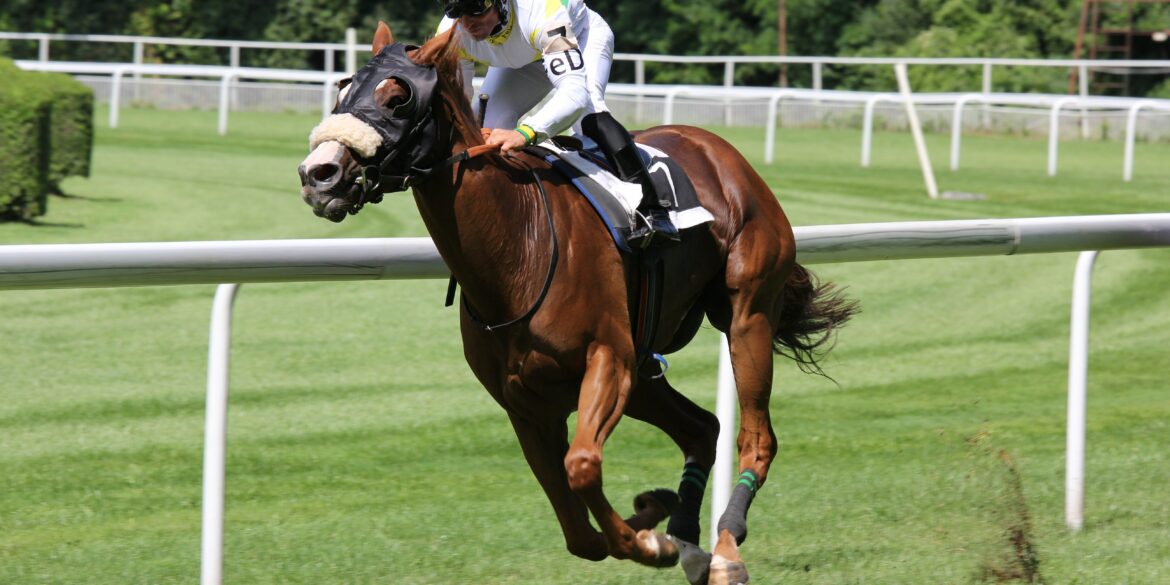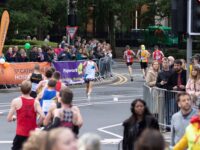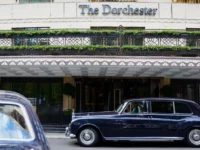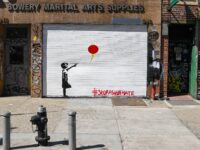10 Ascot Racing Facts (Almost) Every Aristocrat Knows
Now, as before, thousands of spectators from all over the world are gathering at the Hippodrome, located five miles from Windsor, to drink a glass of cool champagne, show elegant hats and watch the royal races. If you happen to be one of them, here are 10 interesting facts that every Ascot guest should know.
The history of Royal Ascot began in 1711
Then Queen Anne, the last representative of the Stuart dynasty, noticed a wasteland near Windsor Castle and declared the East Cote area an ideal place for horse racing. On Saturday, August 11 1711, she opened the first race of three races of 4 miles. To overcome such a distance, horses needed tremendous endurance. In comparison, today the running distance is only one or two miles.

Flat races – the most royal type of races
It was for this type of riding that the Ascot Hippodrome was built. It still has an oval shape, and a team of special rangers and gardeners has been monitoring the condition of the site for a whole year. Race distances range from 1200 to 2400 meters and horses must be of a certain age and class. By the way, it is flat races that Elizabeth II loves most of all, who has not missed a single race since 1945.
A strict dress code has been observed at the races since the 19th century
Its founder was the trendsetter of that time – the handsome George Brian Brummel. He stated that “men of elegance” should wear perfectly tailored high-waisted black coats and white ties with knickers to the event. By the way, they say that Brummel was so dedicated to fashion that he could spend five hours a day changing clothes! He also asked to polish the shoes with champagne.
Socks are as important a dress code item for a man as a hat is for a woman
In 2018, one important change was made to the dress code of the royal races. All men must now wear socks to Royal Ascot. If they don’t, they will be denied entry. From other non-obvious rules: gentlemen are now allowed to appear in a dress, and women have finally been given the right to wear trousers.
The 1910 competition was officially nicknamed the Black Ascot.
In 1910, King Edward VII of Great Britain died shortly after a race. Normally, the death of a monarch meant the event was cancelled, but since Edward was a passionate fan of Royal Ascot, the races still took place. That year, the royal box was empty, and all the guests came in mourning black and white suits. In this regard, the races of 1910 were officially nicknamed Black Ascot.

All guests strive to get into the Royal box (but not everyone succeeds)
The territory of the hippodrome during Ascot races is traditionally divided into four lodges: Royal (Royal Enclosure), Queen Anna Enclosure, Country (Village Enclosure) and Windsor (Windsor Enclosure). They differ in their location, status, and even dress code requirements. For example, it will not be possible to get into the hippodrome building from Village Enclosure – you will have to watch the competitions on large screens. And the most prestigious, of course, is the Royal Lodge. It has Michelin-starred restaurants, impressive gardens, and an area where you can get a close look at the royal horses.
Doping found on Queen Elizabeth II’s horse in 2013
In 2013, the Royal Horse Racing Gold Cup was won for the first time in history by a horse owned by a monarch. Her name was Estimate. This is a purebred race mare of Irish origin. True, the winner was immediately suspected of doping. Test samples taken after the competition showed traces of morphine in the animal’s blood. According to Buckingham Palace, the substance may have accidentally entered the horse’s feed.
The most successful jockey in the history of Royal Ascot flat racing is Lester Piggott
He won the royal race 116 times! Piggott’s career spanned from 1952 to 1993. During this time, he won 4493 victories. People called him “Longfellow”. Leicester was also known for its competitive nature.
Cups for the winners are made by jewelry house Garrard
Garrard is the oldest jewelry house in the world. Back in 1842, he created a trophy cup for the first Gold Cup competition. By the way, as a rule, the winner receives the award directly from the hands of the queen.
On Ascot drinks 56,000 bottles of champagne every year
Another important part of the royal races is food. Around 240,000 cakes are eaten each year at the event, which are served with afternoon tea, plus 60,000 sandwiches and 8,000 Cornish crabs! Also, don’t forget to add 56,000 bottles of champagne and 44,000 bottles of wine to that!
London Airport Transfers LTD will provide first-class service with an experienced chauffeur and a comfortable vehicle that will take you to Ascot Racecourse.
Transfer from The Lanesborough London to Ascot Racecourse:
Mercedes Benz S class Price £205
Travel time 1h 3 minutes
Distance 31.8 miles
Ascot Racecourse Address: Ascot , High St, Ascot SL5 7JX, United Kingdom
Please rate our post. Thanks!
Read also:
Royal Ascot 2021
Royal Ascot opened with favorites wins
Royal Ascot 2017












